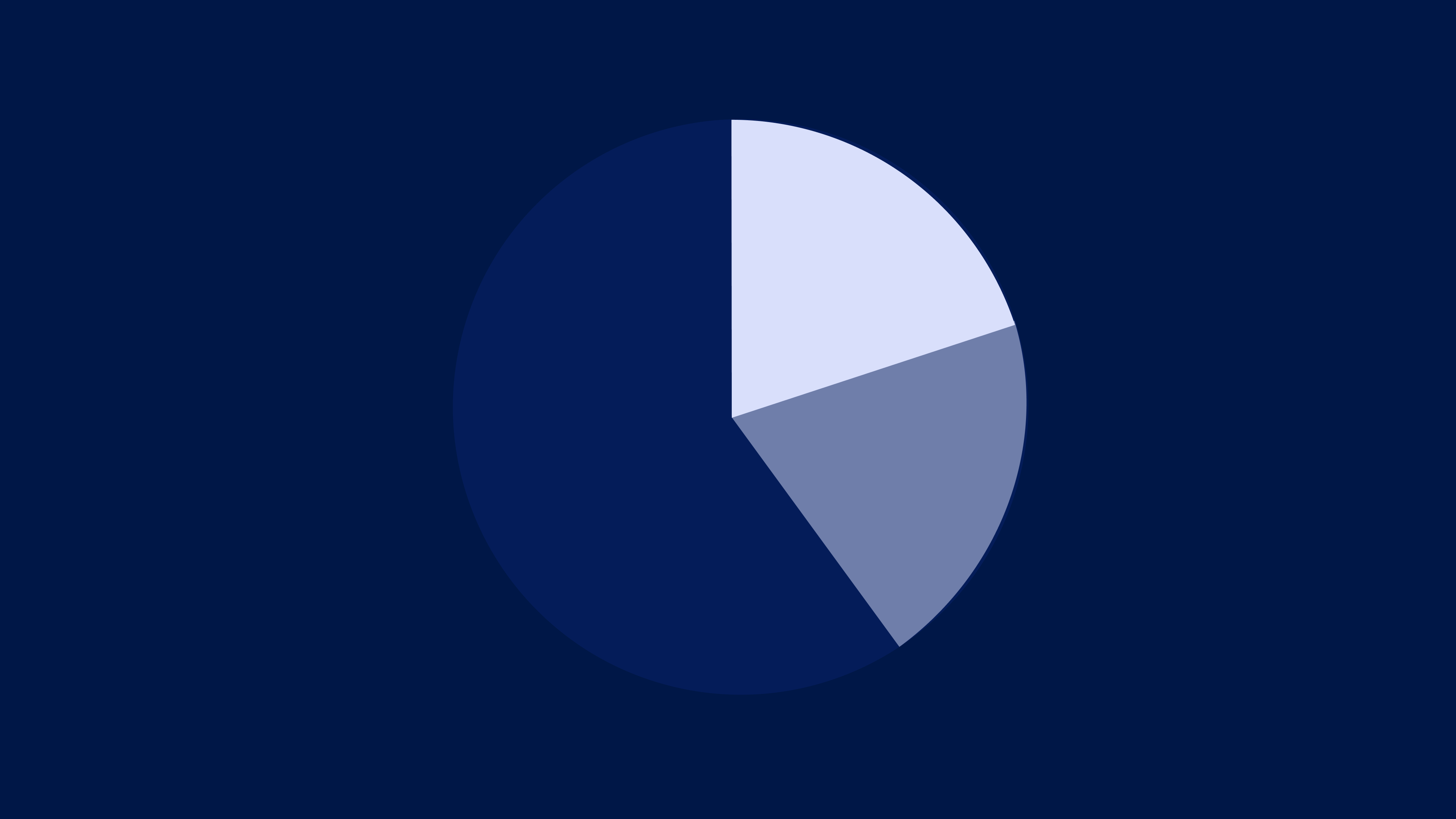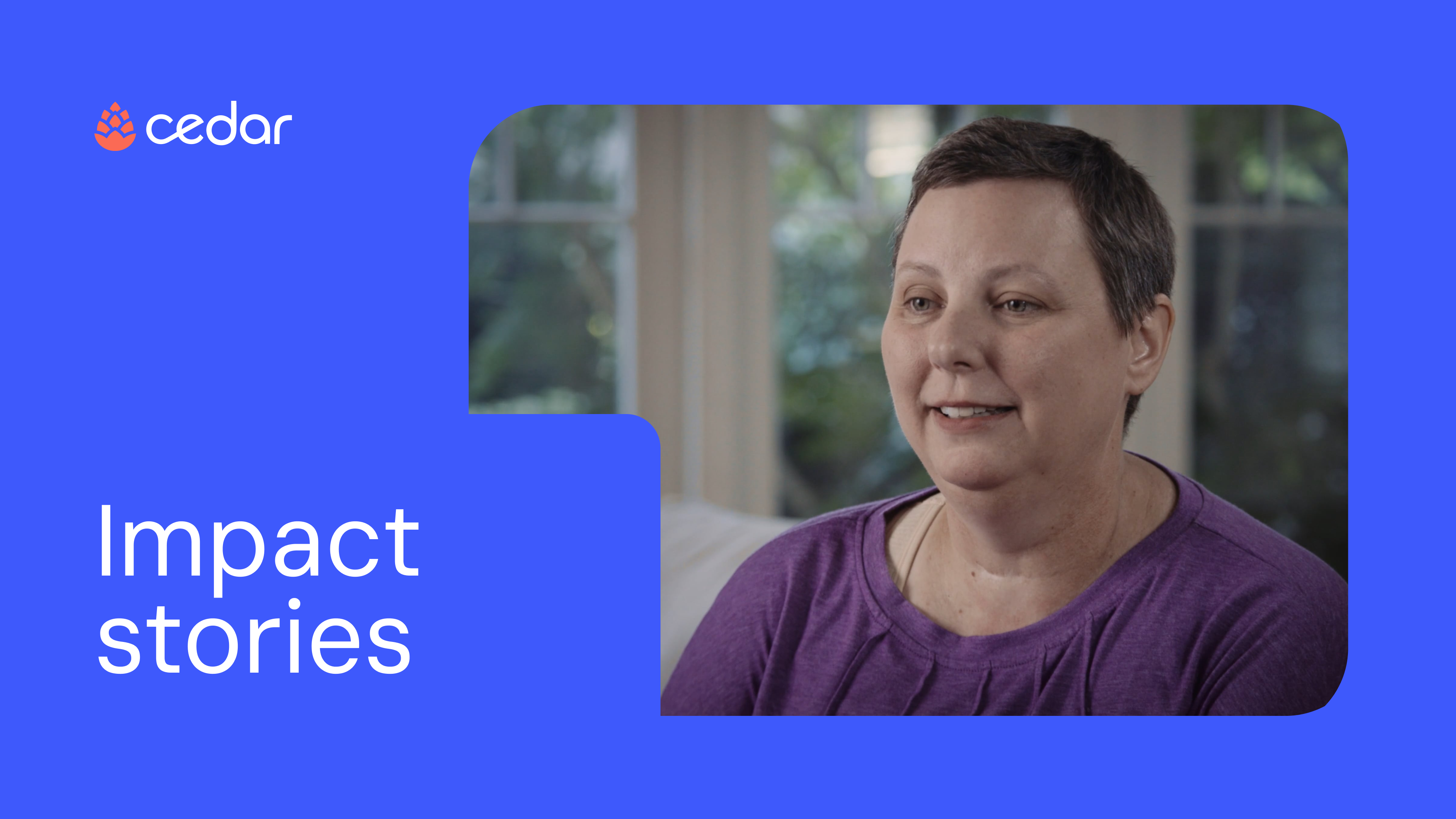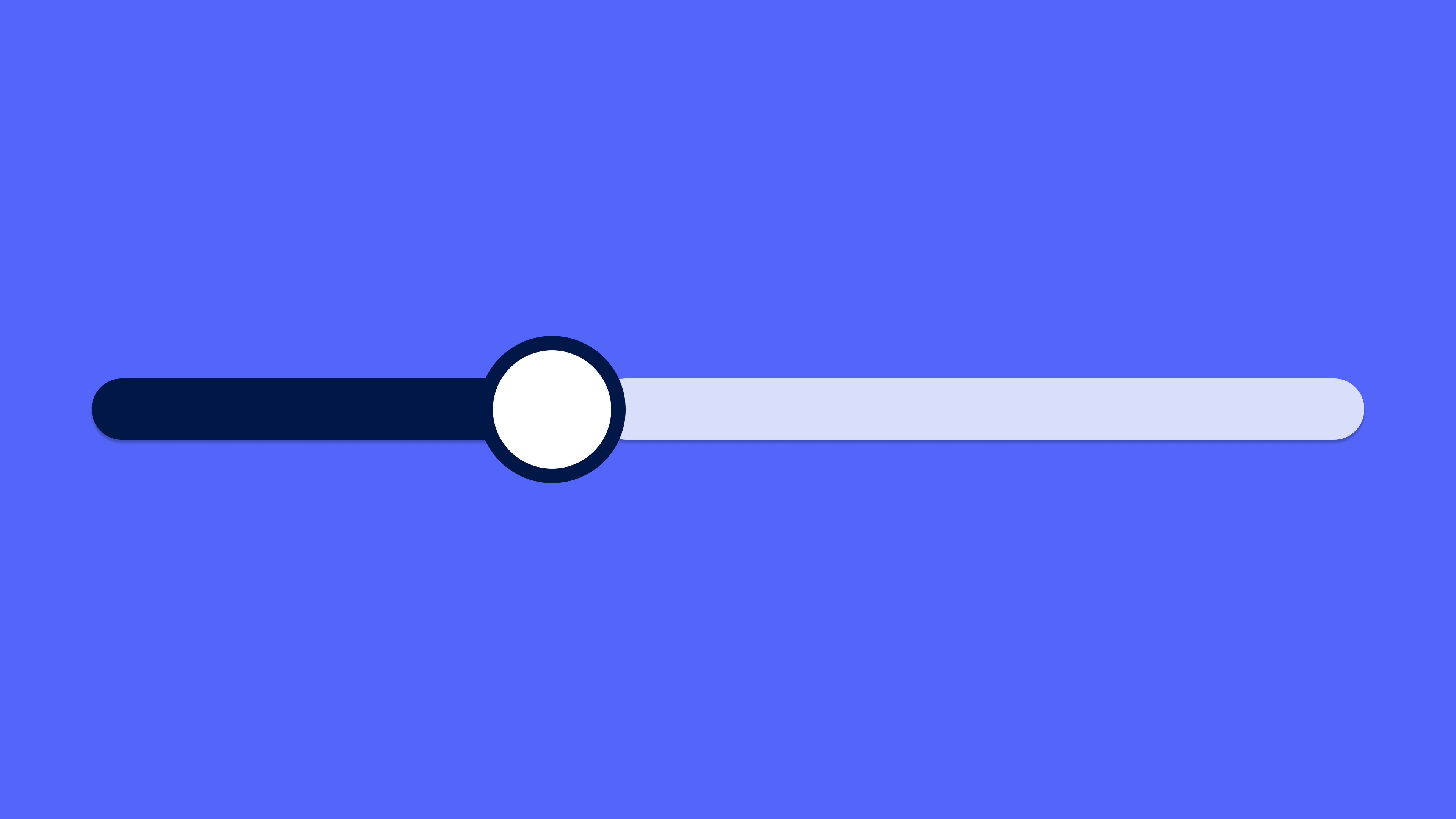After more than a decade of delays, Medicaid Disproportionate Share Hospital (DSH) payment cuts finally took effect in October 1, 2025. The One Big Beautiful Bill Act (OBBBA) failed to extend these vital subsidies, leaving safety-net hospitals to shoulder $8 billion in losses during FY 2026 and another $16 billion over the next two years.
And these cuts aren’t happening in isolation. Medicaid work requirements, tightened eligibility reviews, and shorter retroactive coverage periods are projected to strip more than 10 million people of coverage,1 creating more uncompensated care just as these hospitals have less funding to cover it.
To make matters worse, the remaining DSH dollars will fall with Medicaid volumes, while hospitals also risk losing 340B drug pricing eligibility, which depends on maintaining certain Medicaid thresholds.
But safety-net organizations aren’t powerless. Three revenue cycle strategies can help stabilize the bottom line in the short term while improving patient access to care: optimizing patient collections, unlocking third-party funding, and streamlining charity workflows.
1. Optimizing patient collections
The first priority is maximizing revenue from patients who can pay something. Millions losing coverage could shift payer mixes toward self-pay, where providers might recover as little as ten cents on the dollar,2 putting more pressure on balance-after-insurance collections to sustain cash flow.
The challenge is that even insured patients face affordability barriers, especially with ACA enhanced subsidies set to expire later this year and employer insurance costs rising. Payment plans can be a potentially powerful solution, yet many hospitals aren’t making the most of them.
To optimize this book of business, ask:
- What percentage of enrolled payment plan balances actually get collected? This indicates payment plan recovery and reveals how well your guardrails work. (Median: 91.3% | Top performers: 97.7% – Cedar 2025 PFX Benchmarks)3
- What percentage of total patient payments come through payment plans? This shows your program’s overall reach and, when combined with recovery, effectiveness. (Median: 21.9% | Top performers: 34.7% – Cedar 2025 PFX Benchmarks)3
- What’s the average monthly installment across your payment plans? This tells you the payment threshold most patients can manage; use this as your baseline when setting payment options for different balance sizes.
It may feel counterintuitive to expand payment plan access. If more patients become eligible, doesn’t that increase the risk of defaults? If done well, we’ve seen the opposite. Cedar worked with one health system to expand plan options and improve patient workflows. Enrollment went up, and recovery rates did too.4
Payment Plan Performance for a Cedar Health System Client
Payment Plan adoption vs. Recovery Rate

When patients can choose payment terms that fit their monthly budgets through consumer-grade tools, they follow through. More patients on plans with higher recovery provide the reliable cash flow safety-net hospitals need.
2. Unlocking third-party funding
Optimal collections can only take you so far. That’s where external funding comes in—billions in resources that go unused annually because they’re scattered across systems, disconnected from the patient experience, and nowhere to be found in EHR patient portals.
Pharmaceutical manufacturers fund $5 billion annually in patient assistance, yet only 3% of eligible patients use it
Financial counselors do excellent work in high-touch settings like the Emergency Department, and digital tools can scale this effort. When Cedar helped another health system implement automated medication assistance workflows, patients were granted an average of $12,000+ for certain drugs with minimal human intervention.5 This approach enables hospitals to match patients with the right programs and cover costs behind the scenes—before patients ever see a bill.
The broader opportunity extends beyond medication assistance. Foundation grants, health savings account dollars, and other aid programs represent untapped funding that digital tools can systematically unlock rather than relying on manual, staff-intensive processes.
Looking ahead: Hospitals that optimize enrollment workflows now will be better positioned to help patients keep Medicaid coverage later as reforms take effect (e.g., facilitating monthly work hour reporting, bi-annual renewal application processing). Not only could this help preserve access to care, it could also maximize available DSH and 340B funding.
3. Streamlining charity workflows
For patients who can’t pay and don’t qualify for third-party assistance, charity care is the last safety net. With lower DSH subsidies, every processing step must run efficiently—especially since Medicaid changes are expected to add $63 billion in hospital uncompensated care.6
Most hospitals collect detailed financial information during Medicaid applications, including income verification, household size, asset documentation. When those applications are denied, many require patients to provide similar information again for charity care eligibility. This creates delays in approvals and additional work for both patients and staff.
Automated workflows that carry financial data from coverage applications into charity care can speed up approvals and cut administrative burden. The goal is ensuring eligible patients get enrolled in charity care quickly, preventing accounts from aging into bad debt while minimizing manual touches.
The bottom line
Safety-net hospitals can’t wait for political solutions that may never come. They need operational strategies that can offset DSH losses today—but understanding the full financial picture, including the impact of coverage loss, is just as important.
Our One Big Beautiful Bill financial impact calculator* can help you get started. It combines CBO projections, state-level CMS data, and your patient volumes to model revenue losses, uncompensated care increases, and recovery scenarios. Use it to understand how Medicaid and ACA changes could affect your organization and plan strategically for the years ahead.
Calculate OBBBA’s financial impact >
*These are illustrative estimates based on user inputs and public data. Actual financial impacts may vary depending on factors such as payer mix, reimbursement policy, and patient volume. This calculator is intended for informational and planning purposes only.
Ben Kraus is Director, Content Marketing at Cedar
- Congressional Budget Office. (2025, July 8). Estimated budgetary effects of Public Law 119-21, to provide for reconciliation pursuant to Title II of H. Con. Res. 14, relative to CBO’s January 2025 baseline. https://www.cbo.gov/publication/61570 ↩︎
- Cedar. (2023). Median post-visit patient collection rate for self-pay patients across Cedar health system clients. ↩︎
- Cedar. (2025). Based on 2024 PFX Benchmarks for payment plan recovery rate and payment plan rate across Cedar and non-Cedar clients. ↩︎
- Cedar. (2025). Based on payment plan results for a Cedar health system client between 2023 and 2025. Performance is not guaranteed. ↩︎
- Cedar. (2025). Based on January to July 2025 medication assistance results for one Cedar health system client. Performance not guaranteed. ↩︎
- Robert Wood Johnson Foundation. (2025, June). Reconciliation bill effects on states’ healthcare spending and uncompensated care. https://www.rwjf.org/en/insights/our-research/2025/06/reconciliation-bill-effects-on-states-healthcare-spending-and-uncompensated-care.html ↩︎



